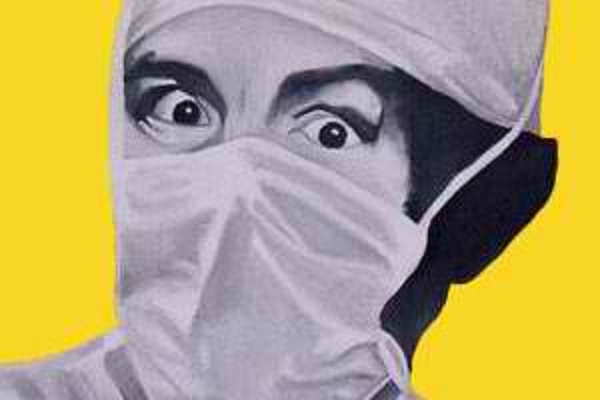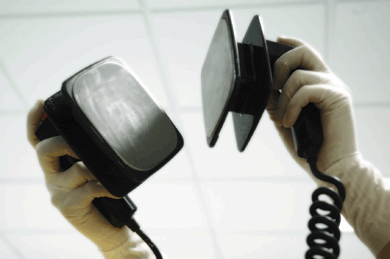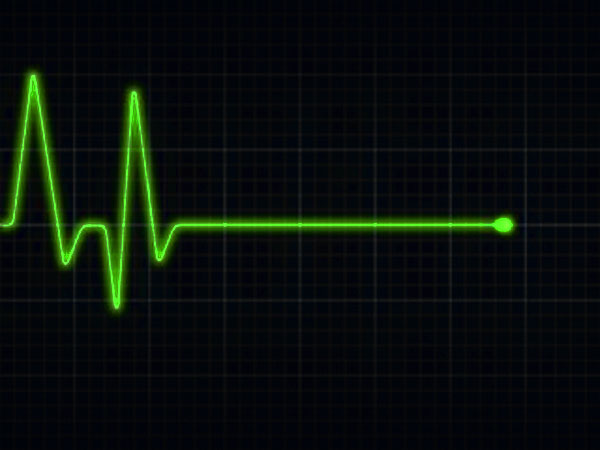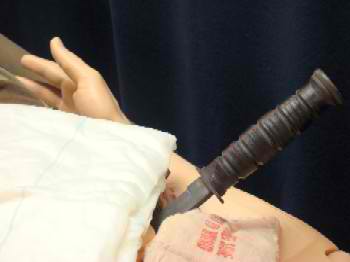Truth is stranger than fiction but when it comes to facts presented on TV dramas, it’s the other way around. And if you think that mind-boggling and eyebrow-raising medical (or fictional) phenomena can only be seen on foreign medical TV dramas like “House” and “Grey’s Anatomy”, you’re definitely wrong in your assumption. Even our cheesy and overly dramatic Pinoy soap operas have their own versions of twisted medical truths. Blame it on the clever writers and their unlimited avenues for creative imagination, television viewers nowadays are being led to believe that everything in boob tube is true and accurate.
However, if you’re a nurse, doctor, or anyone who have spent many years to grasp the nook and cranny of profession, you must know that most medical facts are either exaggerated or completely twisted when they are presented in a typical television drama. I guess sensationalism is the name of their game that’s why they usually deviate from what’s existing in the real world. Let’s take a look on some of the craziest medical myths that have dominated our television dramas over the years:
1. The “Ako Budoy” myth
If you’re a Filipino television viewer, you might be watching the latest drama offering of ABS-CBN which is also dubbed as the first “advocacy serye” in the country. I’m talking about “Budoy”, a prime time drama about a intellectually challenged person portrayed by a Filipino matinee idol, Gerald Anderson. Although there are some instances that it can melt your heart or capture your attention, special education experts are doubting if the show is really staying true to its objectives as an “advocacy show”. This is due to the fact that some parts of Budoy’s story are either outright unrealistic or very hard to believe, to say the least.
First, “Budoy” is suffering from a genetic condition called Angelman syndrome, a disease characterised by “severe intellectual disability, speech impediment, sleep disturbance, unstable jerky gait, seizures and usually a happy demeanor.” In the TV show, one will easily identify several inconsistencies with the character’s portrayal of a special child with this rare disease. Budoy can speak fluidly like a normal person when in reality, patients with Angelman syndrome can only use a maximum of 10 words because of their limited mental functioning and vocabulary.
Second, Budoy was born through artificial insemination and as he grew up, symptoms of Angelman syndrome started to manifest. According to special education expert Dr, Tippy Tanchanco, this is close to impossible. “There are no studies that link the cause of AS to artificial insemination. It is a genetic condition, so it’s a hereditary condition, although rare. If there is, it is just incidental, which can also happen,” she explains.
Lastly, Budoy developed extraordinary abilities of a genius after being involved in a car accident. According to Dr. Tanchanco again, this sudden twist of events has made the show more of a fictional story rather than an advocacy drama that depicts real life events. Though there are some rare instances that a person with mental disability develops unusual skills after having a bad head injury, they usually go back to their previous state after a few hours or days.
2. The “Defibrillator” myth
It’s funny to see doctors on TV every time they employ several confusing techniques in using defibrillators to save their patients who are under critical conditions. Defibrillation is the process of using electrical stimulation to reestablish the normal rhythm of the heart. Doctors and some trained nurses use it for emergency and critical cases. As a standard, the two paddles are properly placed in the chest area to ensure equal distribution of electrodes to the heart. This is what they call “anterior-apex” placement in which the first paddle is placed on the right chest just below the clavicle while the second one is placed just below the pectoral muscles of the left chest. However, doctors on TV dramas usually place defibrillator paddles in the chest area in a position that make parallel to each other. In addition to this, you can sometimes see them rubbing the defibrillator paddles together which is not required in reality. As a matter of fact, rubbing them together will only ruin the whole device.
3. The “Flat line or Asystole” myth
I know you already know what I’m talking about. When you see a flat line on the patient’s cardiac monitor on TV, that is the signal for the relatives to call the nurse and then in just a snap, the doctor and nurses will work hand in hand to save the patient’s life by defibrillation. That is, of course, is a scene you will commonly watch in a typical tearjerker. But in reality, that is not exactly the case. Asystole is not “perfectly flat” when you see it on the cardiac monitor. You can call it “flat line” but the real “asystole” has certain waves in it. Moreover, applying electrical shocks during asystolic episodes will not just bring more harm to the patient but will also decrease its chance for survival.
4. The “Amnesia” myth
Yes, you can have amnesia if you got your head severely injured but you will never recover from it by getting another head injury. It’s not like those that happen in local soap operas wherein the protagonist recovers her memory after accidentally hitting her head on the wall. Furthermore, amnesia doesn’t necessarily mean forgetting your self-identity. It can cause you to forget several important details about your life but unlike what they portray on TV dramas, you can still remember who you are after getting amnesia.
5. The “Suck that snake bite” myth
Action heroes typically do this in the middle of the jungle but don’t ever do this in real life. The venom from the snake can travel within your bloodstream and reach several parts of your body in a matter of seconds. Therefore, sucking the blood out from a bitten victim will be futile. You might put yourself in greater peril as the area under your tongue is highly vascular or rich in blood supply. Once the venom is absorbed through it, you will just turn yourself into another person needing medical emergency.
6. The “Pulling out an impaled knife” myth
Several scenes in war movies and action flicks have provided us the false assumption that its alright to remove a sharp object deeply buried in our wounds. You might want to try it yourself but remember that by doing this, you will further aggravate the bleeding, cause massive hemorrhage in the wounds, and just kill yourself in the process.
7. The “Doctors-know-it-all” myth
In medical TV dramas like “Grey’s Anatomy”, doctors are always in the forefront doing almost every single task for the patients. It’s like the other health care professionals like nurses, medical technologists, and radiologic technologists are completely out of the picture. In reality, there are a total of 16 or more professionals working in collaboration with one another to give every patient that quality of care he rightfully deserves.
These are just some of the medical myths commonly seen in television dramas so feel free to add more. A lot of people are too gullible to believe every single thing that they get from the television. As health care professionals, it is our primary responsibility to educate people about misconceptions and myths related to the health care industry. Through this process, we will be able to debunk false assumptions and provide people not just quality care, but educational information as well.



























